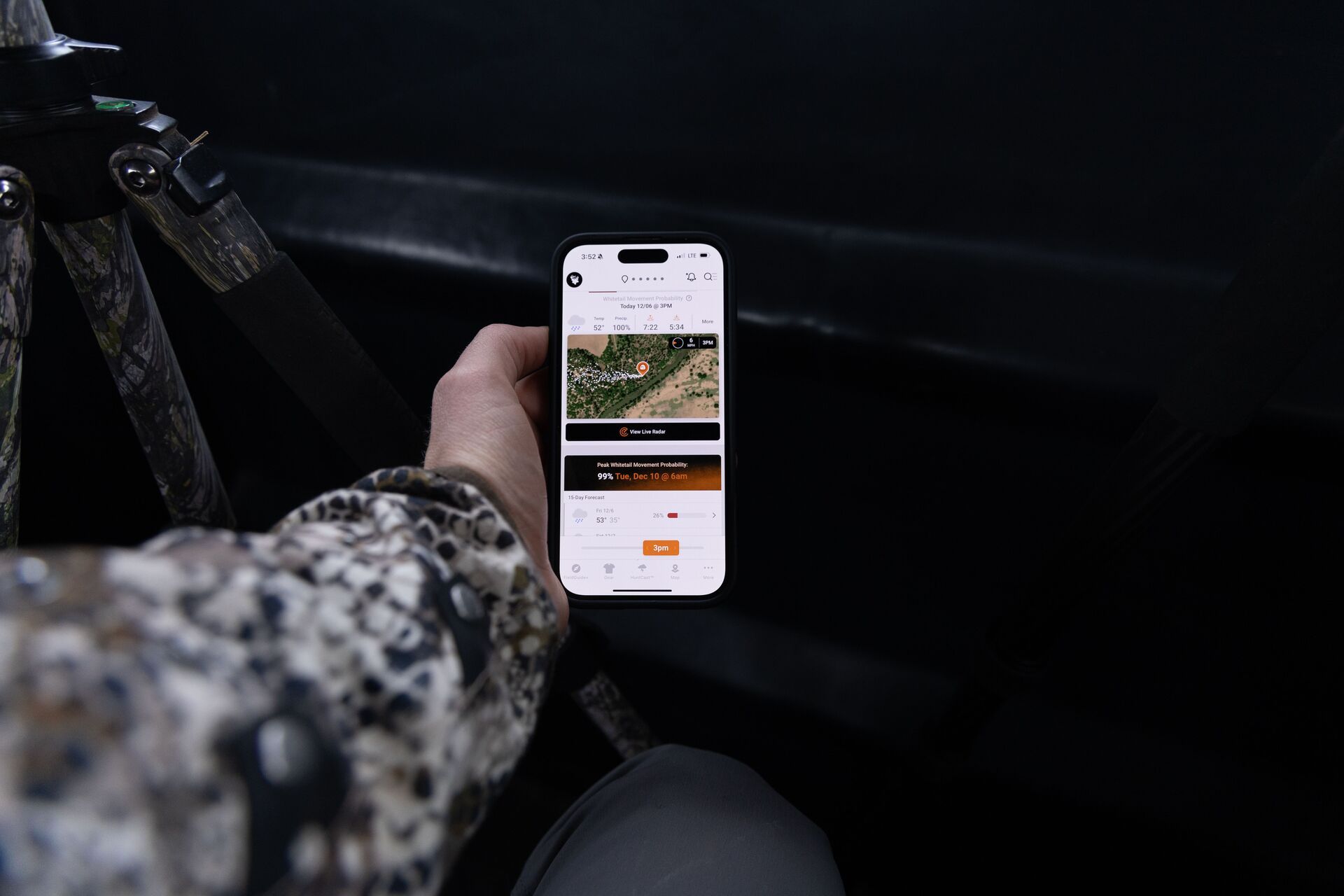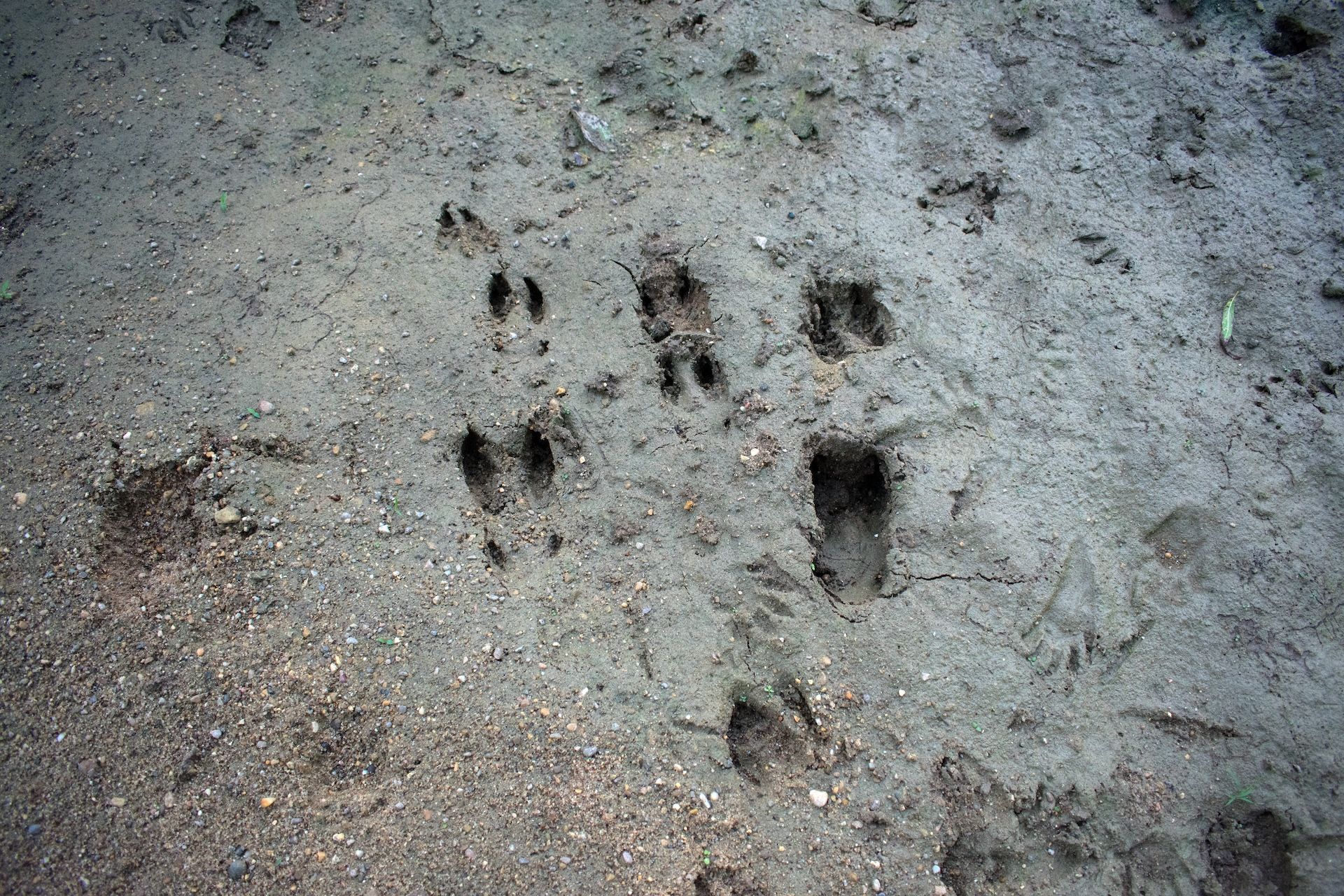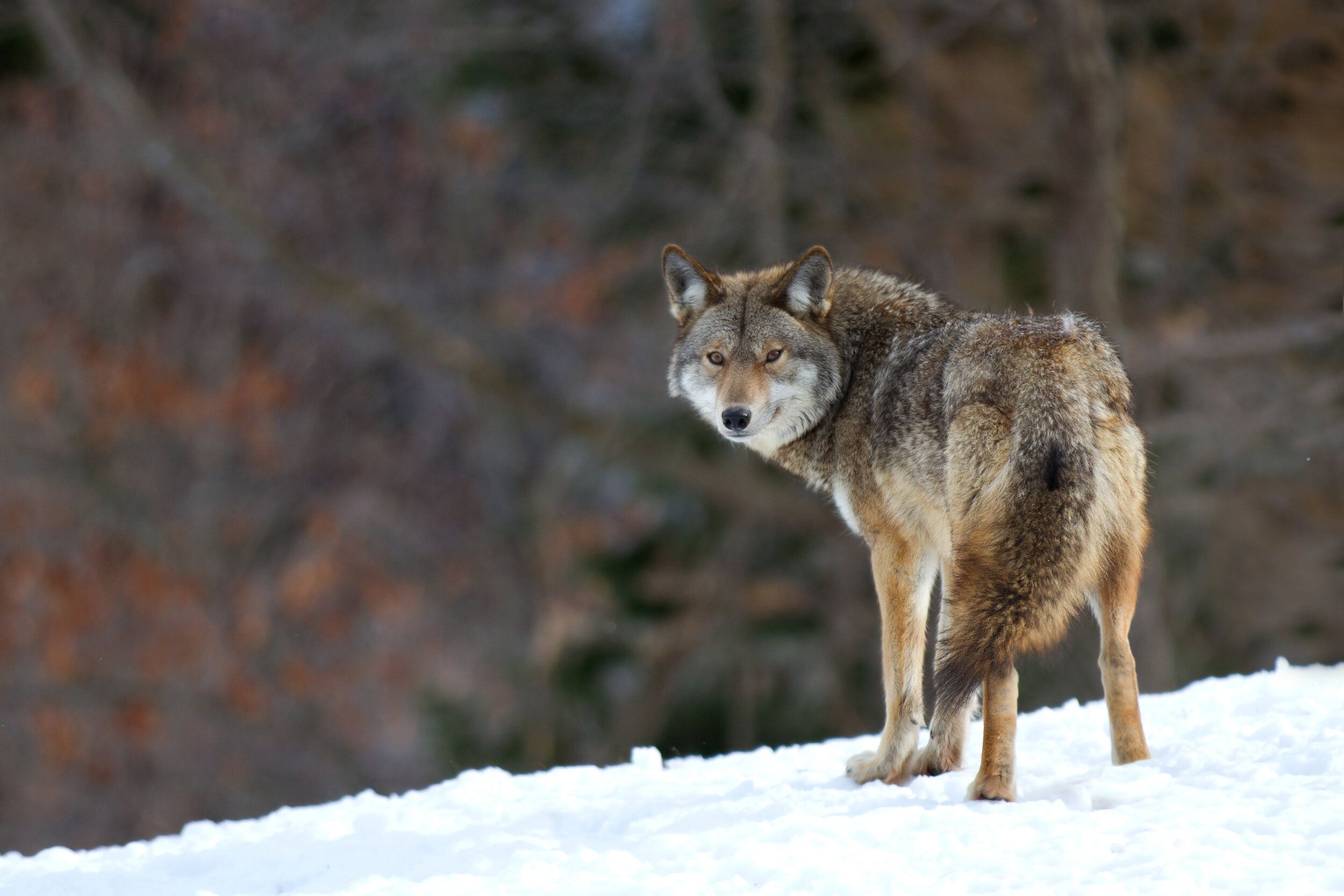Field Guide / Deer
6 Ways to Successfully Hunt Deer in Hot Weather
You are prepared, primed, and ready to hunt cold fronts all season long. You plan your schedule and time your days off around them, and then it happens – you get a bunch of hot weather days smack dab in the middle of your schedule.
Previous in Deer
More Content Like This

How HuntCast Helps You Plan a Better Whitetail Hunt
Can you get by and still be a successful hunter without HuntWise? Of course, you can. In my opinion, HuntWise is an amazing tool for the sport of hunting and something that I wish I had access to when I first started hunting. Read More
Read More
What Do White Tail Deer Tracks Look Like? A Guide
If you are looking at white tail deer tracks out in the woods, they're usually pretty identifiable due to their unique shape. Read More
Read More
5 Reasons Why Deer Hunters Should Hunt Coyotes
Have you considered how to spend the whitetail off-season? For deer hunters, coyote hunting challenges their hunting ability, promotes hunting practice in the off-season, and protects vulnerable wildlife. Read More
Read More Deer
DeerHow HuntCast Helps You Plan a Better Whitetail Hunt
Can you get by and still be a successful hunter without HuntWise? Of course, you can. In my opinion, HuntWise is an amazing tool for the sport of hunting and something that I wish I had access to when I first started hunting. Read More
Read More Deer
DeerWhat Do White Tail Deer Tracks Look Like? A Guide
If you are looking at white tail deer tracks out in the woods, they're usually pretty identifiable due to their unique shape. Read More
Read More Deer
Deer5 Reasons Why Deer Hunters Should Hunt Coyotes
Have you considered how to spend the whitetail off-season? For deer hunters, coyote hunting challenges their hunting ability, promotes hunting practice in the off-season, and protects vulnerable wildlife. Read More
Read More
1 of 3